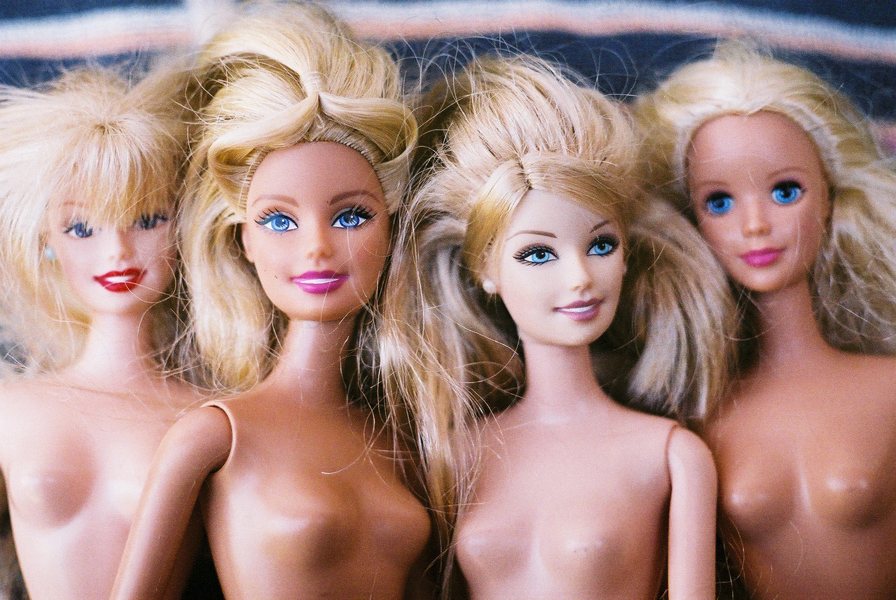In this day and age people live their lives with eyes closed, traversing the cities in which they inhabit by hurrying from one destination to the other. There is an entire world behind the scenes which we do not see. The world where beauty can be found in a decaying building that has lost its glory. A world where peace nestles in the image of a girl cradling an axe. This is the world that Jonah Migicovsky captures in his photographs.
In a time saturated with superficiality, retouched photos and filtered Instagram snapshots, Migicovsky’s photography is a refreshing slice of honesty. In many of our lives we are constantly in a desperate search for escape, for a good time. We are afraid of the darker side of life. The impoverished side. Migicovsky captures the reality of this life.
Migicovsky draws our attention to the extreme self medication of our era. His still life series entitled Sweet-Tooth depicts candy in place of narcotics. Candy on a table, carefully cut into lines, ready to snort. A pipe filled with Pop-Rocks, ready to smoke. Migicovsky explained how he uses photography to unveil the aspects of his life (and possibly the aspects of our own lives) that are less accepted by society. This series takes time to truly look at the type of crutches we use to prop ourselves up in our daily lives.
In his series Alley Cats Migicovsky explores the vistas of Montreal through the eyes of street artists. Capturing them at work and in their element, he offers another perspective on what many people consider vandalism. Migicovsky believes that “graffiti can give a second life to forgotten and dilapidated buildings.” These monuments that are unnoticed and slowly decaying are given attention when showcased as a canvas for others artwork.
Migicovsky’s stroke is broad and all encompassing moving from still life, to portraits, to controversial visual commentary, such as his picture of topless Barbie dolls. Through this photograph (which is a call out to society’s fixation on perfection) and many others, we are invited by Migicovsky into his world.
Frustrated by the superficiality of society, Migicovsky’s work rests on the tangible. Believing that “the negative does not lie,” Migicovsky employs traditional photographic techniques and manual equipment. He is not interested in digital imagery. Migicovsky says he uses traditional film in order to highlight how life is saturated by media that it is edited to such an extreme that what is real has become subjective. When capturing images on film rather than on memory cards you always have the negative: that roll of film which preserves an actual event; a girl with beautiful eyes, a building brought to life through someone else’s art or a gun held loosely in someone’s hand.
By looking at Migicovsky’s work we are asked to pause. Through his lens we are given a raw look at our lives: the places we go, the things we do and the things we pass by. An antidote to the airbrushed facsimile of what is expected from art, Migicovsky challenges what we have come to accept.
Migicovsky is currently studying photography at Concordia. His full portfolio can be found at www.jonahmigicovsky.com
